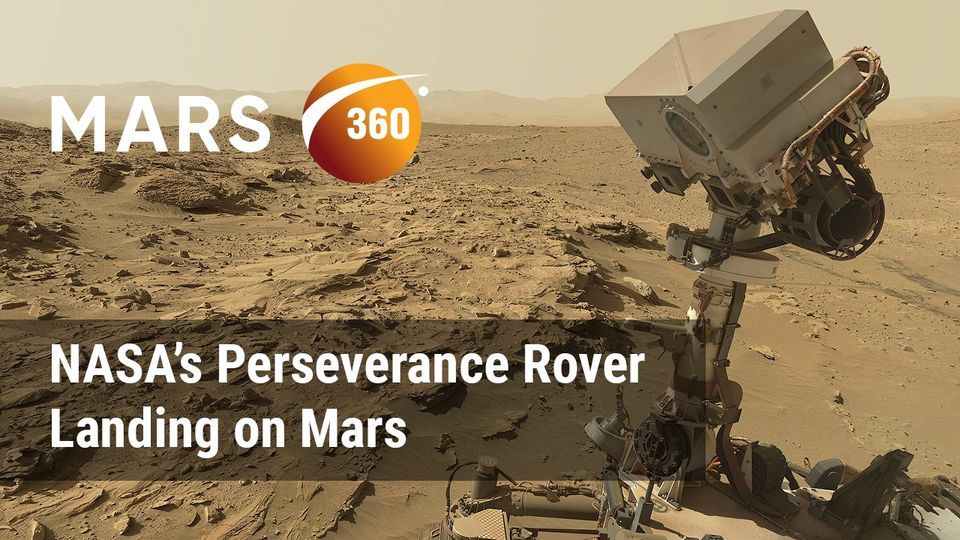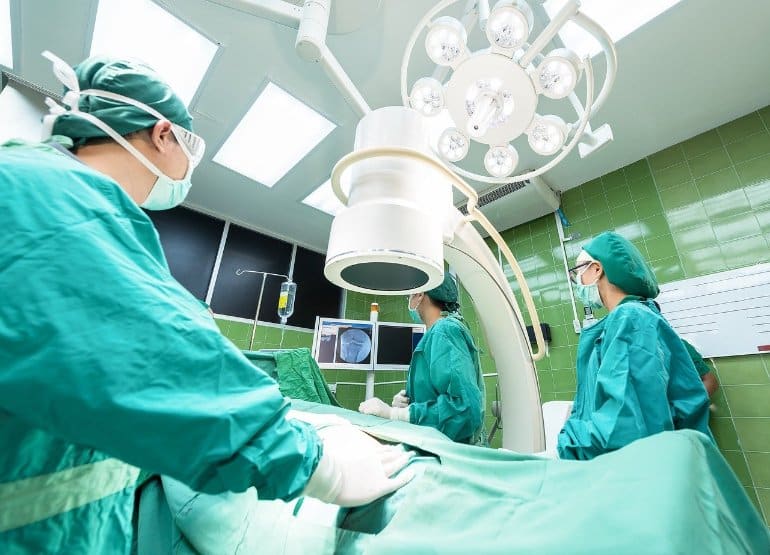Recogni, a startup developing a perception system for autonomous vehicles, has raised $48.9 million in venture capital.
More than ever before, the promise and potential in space is available to those with the ambition to reach for it. Nowhere is this story more exciting and compelling than in Africa.
All of the Eskimos met at the Copenhagen Global Warming Summit and together they asked for NASA’s focus. In the end, they managed to get the publicity they wanted, and with it, they carried out a deadly premonition. They claimed that the atmospheric patterns of the earth are increasingly shifting, being changed by emissions to the extent where we’re not going to have much longer on this planet if we don’t change our way. The Sun is no longer rising from where it is meant to or so they say, and they state that the day no longer seems usual.
See allHide authors and affiliations.
NOTE: We only request your email address so that the person you are recommending the page to knows that you wanted them to see it, and that it is not junk mail. We do not capture any email address.
Thu, Feb 18 at 11:15 AM PST.
Join our community for a special Mars rover landing watch party. The Mars 2020 Perseverance Rover will make history when it lands on the Red Planet at 12:30 p.m. PST.
Rice University engineers have suggested a colorful solution to next-generation energy collection: Luminescent solar concentrators (LSCs) in your windows.
Summary: Prolonged anesthesia significantly alters the synaptic architecture of the brain, regardless of age.
Source: Columbia University
Scientists might be able to piece together a better understanding of the complexities around how black holes behave.
In the coming weeks, a drone will fly beyond its operator’s visual line of sight using only onboard collision-avoidance – with no ground radar support.









